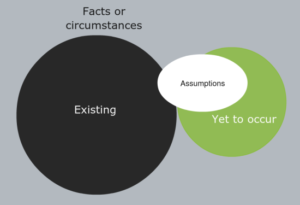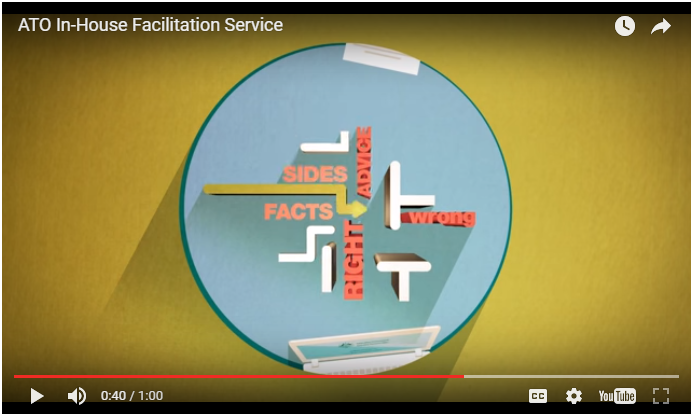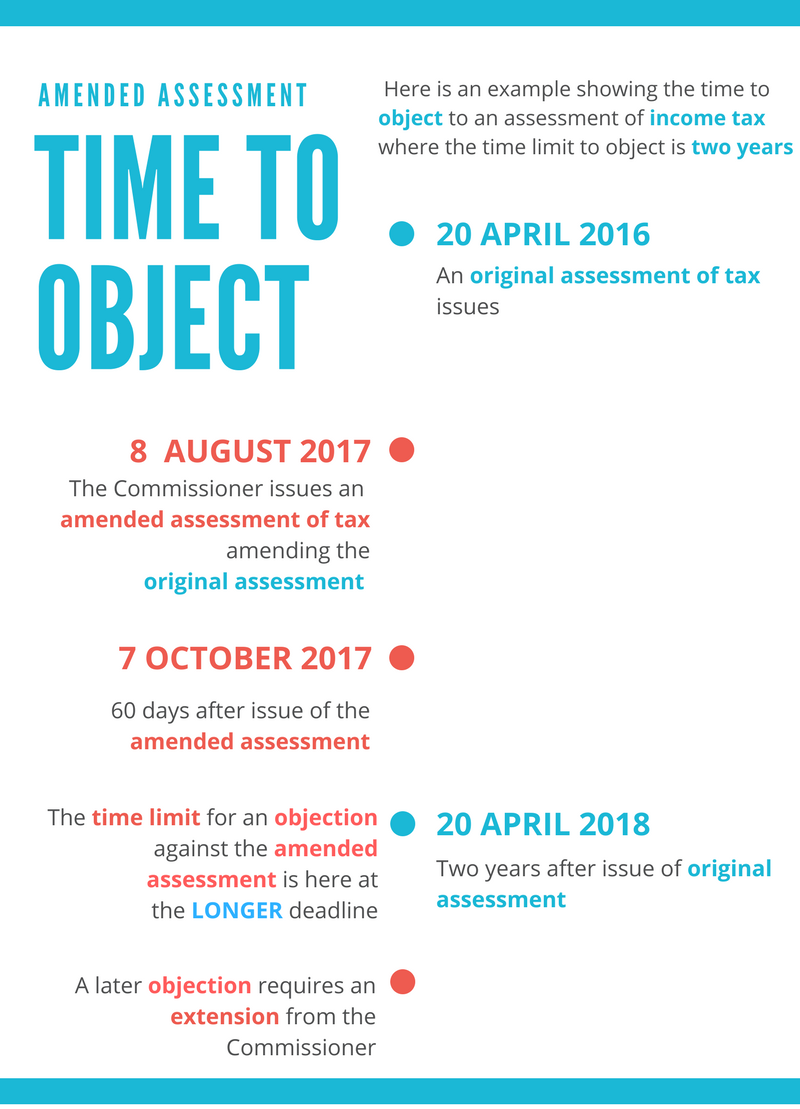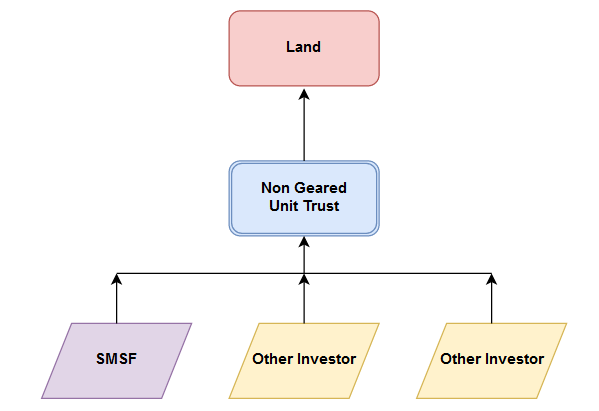Is a loan just a sum advanced to be repaid by a borrower to a lender? Accountants understand that a loan can be a nimble device to explain and show why money and value is elsewhere even when the relationship between the borrower and the lender is not arms length or clear.
Necessary elements of a loan
So a loan is recognised. It is clearly recorded in the books of account and appears as a liability in the financial statements of the “borrower”, the “lender” or frequently both. The individual, who is the controlling mind of the borrower, says yes, it is a loan, and the apparent lender, who has an established relationship with that individual, doesn’t say it is not. Will that apparent loan be accepted as a loan by all persons interested?
A number of recent tax cases in the aggressive tax planning space show that, in those kinds of cases, the Commissioner of Taxation is prepared to commit significant resource and effort into:
- disabusing courts that arrangements with the appearance of loans are loans in fact; and
- pursuing high profile tax scheme promoters and their clients using arrangements based on inpugnable loans.
A wide but demarcated construct
There is no doubt that a loan is a wide concept. In Taxation Ruling TR 2010/3 Income tax: Division 7A loans: trust entitlements, the Commissioner took a wide view of what amounts to a loan, or to what amounts to at least one or more of:
(a) an advance of money; and
(b) a provision of credit or any other form of financial accommodation; and(d) a transaction (whatever its terms or form) which in substance effects a loan of money.
(c) a payment of an amount for, on account of, on behalf of or at the request of, an entity, if there is an express or implied obligation to repay the amount; and
(d) a transaction (whatever its terms or form) which in substance effects a loan of money.
included as a loan under sub-section 109D(3) of the Income Tax Assessment Act (“ITAA”) 1936
which triggers a deemed dividend to a shareholder or an associate under Division 7A of the ITAA 1936. The “loan” regime in Division 7A is an exception though. Generally, if a taxpayer can establish that a sum received is received as an advance of a loan, that receipt can explain why that money or value is not in the nature of income that may be assessable to the taxpayer. That is a vital capability when the schema of Australian income tax recovery is “asset betterment” allowing the Commissioner to assert that money or value received is income unless the taxpayer can prove that it is otherwise.
Hart v Commissioner of Taxation (No 4)
So it was in Hart v Commissioner of Taxation (No 4) [2017] FCA 572, a decision of Bromwich J. of the Federal Court, concerning the personal tax affairs of the senior tax partner of Brisbane-based law firm and tax planning and tax scheme services provider Cleary Hoare. Mr Hart asserted that the amount in dispute in that case was a loan to him by an associated trust clearly recorded as a credit loan in the books of the trust.
The firm of Cleary Hoare was operated by a practice trust (“the Practice Trust”) in which discretionary trusts of the partners owned units in the Practice Trust which, it transpired, was not structured in accord with Queensland legal professional practice rules. The discretionary trust of Mr Hart owning units in the Practice Trust was referred to in the decision as the Outlook Trust.
Loan or benefit or both to the taxpayer (“borrower”)?
During the 1997 income year, the Outlook Trust included $220,398 in its assessable income as a distribution to it as a unitholder in the Practice Trust under section 97 of the ITAA 1936. The distribution was routed by a series of on-distributions through a network of interposed trust entities associated with Cleary Hoare, or its associates, to a company carrying significant tax losses, Retail Technology Pty. Ltd. and by the making of gifts by way of promissory notes to and through entities that were associated with Cleary Hoare or its associates, including Mr Hart. The Commissioner took issue with the last flow of the money through the arrangement back to Mr Hart. The Commissioner viewed that last flow as a distribution to Mr Hart for the benefit of Mr Hart. For his part, Mr Hart contended that the payment was a loan to him from the Outlook Trust, or alternatively from the Practice Trust, and that the payment was so recorded in the books of account of the Outlook Trust.
The Commissioner also pressed a number of alternative cases including a case that, even if the payments were not trust distributions, the application of general anti-avoidance provision in Part IVA of the ITAA 1936 meant that, in the absence of the scheme, the money would still have been paid to Mr Hart and instead been taxable, to which Mr Hart, for his part, contended that such payments would not have taken place in the absence of the scheme.
Present entitlement by benefiting trust beneficiaries
One of the alternative cases run by the Commissioner was that payments benefiting Mr Hart of at least $84,615.52 of the $220,398 were assessable directly to Mr Hart who was also a special unitholder, as trust distributions to him by the Practice Trust. In the absence of a sustainable case that the $220,398 or any part of it was a loan, the court could find that sections 95A and 101 of the ITAA 1936, which have the effect of deeming payments to or for the benefit of a beneficiary to be payments to which the beneficiary is presently entitled, applied to bring the $84,615.52 into the special unitholder’s assessable income for the 1997 income year.
Although this finding did not directly inform the character of the remaining $135,782, this application of sections 97, 95A and 101 of the ITAA 1936 to at least $84,615.52 of the amount in dispute, which the court accepted, did not assist Mr Hart to prove that the assessment of the greater $220,398 was excessive.
How Mr Hart’s loan contention failed
The court deduced from the submissions of the parties that whether the 1997 assessments of Mr. Hart were excessive or not turned on whether Mr Hart received the $220,398 as a loan. Mr Hart’s counsel contended that the evidence of Mr Hart, including the accounts of the Outlook Trust which showed the borrowing to Mr Hart, was sufficient to show that the funds had been loaned to Mr Hart. However other evidence caused this contention to unravel, viz.:
- there was nothing in writing to record or otherwise evidence a loan;
- there was no interest paid or payable under the purported loan;
- there were no repayments required or made under the purported loan, despite more than 19 years having elapsed since the advance of money under the purported loan (and the “creditor” trust had not traded for 15 years); and
- there were records of contemporaneous bank statements showing “pay” or “sol[icitor] pay” which were made on a fortnightly basis to a bank account of Mr and Mrs Hart between at least 5 July 1996 and 23 April 1997.
In addition to this evidence, which the court found, of itself, compelling, was the coup de grâce of a credit approval request by Mr. Hart to Suncorp Bank for two loans in 1999 in which Mr Hart, as an applicant providing personal details, appeared to state he had income of precisely $220,398 in 1997. The court observed that stating this, if it was nothing more than antecedent indebtedness, was hardly going to assist in securing a further loan, so it didn’t make sense as a loan.
Was the loan a sham?
Mr Hart’s counsel asserted that, as the Commissioner had not demonstrated that the purported loan was a sham, the court was obliged to accept the evidence lead by Mr Hart viz. his testimony and the accounts of the Outlook Trust, that there had been a loan. The court observed that a sham requires there to be a purported transaction which is falsely presented as being genuine. The court agreed with the Commissioner that, in this case, there was thus no sham loan, but that no loan had been proven to exist with the burden of proving that there was a loan on the taxpayer.
Loan terms in writing?
In Hart v Commissioner of Taxation (No 4), the taxpayer relied on an undocumented related party loan recorded only in the accounts of a related trust which gave the Commissioner leeway to run a case based on there being no loan at all. That leeway is reduced, of course, if the loan is reduced to writing in a loan agreement. However if that writing does not present the real arrangement then the loan can still be impugned by the Commissioner and the issue of sham will more likely arise with that false presentation.
Commissioner of Taxation v Normandy Finance and Investments Asia Pty Ltd
The taxpayer in Commissioner of Taxation v Normandy Finance and Investments Asia Pty Ltd [2016] FCAFC 180 faced that predicament.
Mr. Townsing was a client of Vanda Gould, a Sydney accountant and offshore tax scheme promoter. The taxpayer and two other companies were controlled by Mr Townsing. The taxpayer asserted that these companies were borrowers under loans from three companies controlled by Mr Gould recorded in written loan arrangements with those companies.
The Townsing controlled companies received substantial advances from the Gould controlled companies. The Commissioner asserted that payments to the Townsing controlled companies were sham borrowings used by Mr Townsing to bring assets held for his benefit into Australia and that they were thus assessable income of the companies.
The judges in this case noted the excessive length of the submissions of more than 1000 pages of submission material, ostensibly in support of oral argument at trial, to the primary judge by the taxpayer and the Commissioner.
Edmonds J. of the Federal Court, (Normandy Finance Pty Ltd v FCT [2015] FCA 1420) found for the taxpayer at first instance but did so on what was to prove a precarious basis. Edmonds J. found that the loans were not shams, even though the loan documents revealed disguises and pretences directed to demonstrating that the loans were at arms length, when the evidence was that the advances under the purported loans happened differently, and not at arm’s length. Still Edmonds J. found that, despite these irregularities, elements of the loans, including commitments to repay the loans, could be indentified in the evidence and so the loans were allowed to stand.
Appeals
The Commissioner appealed to the Full Federal Court. All three judges of the Full Federal Court closely considered the evidence that was before Edmonds J., and the majority, Jagot and Davies JJ., found that the basis on which Edmonds J. had recognised the loan arrangements as loans, distinct from the impugned purported written loan agreements, was expressly negated by the evidence of Mr Townsing under cross-examination by senior counsel for the Commissioner. The majority concluded that, in his evidence, Mr Townsing had rebuffed the facts upon which Edmonds J. had relied to find that there were loans not shams. Logan J., in the minority, disagreed with the majority and agreed with the trial judge’s approach to the evidence.
The taxpayer sought special leave to appeal from the Full Federal Court to the High Court but leave was refused by the High Court on the basis that the taxpayer did not have sufficient prospects of success of reversing the Full Federal Court majority’s findings.
Take-outs
Documenting a loan in writing reduces the scope of the Commissioner to assert there is no loan leaving the taxpayer, carrying the burden of the onus of proof, to prove the loan.
However documenting the loan may be a two-edged sword in contentious situations. Forcing the Commissioner to assert a sham will not necessarily give a taxpayer, who must disprove a sham in Part IVC of the Taxation Administration Act 1953 tax appeal proceedings, an advantage. Costs in litigation with the Commissioner to redress the consequences of a loan inadequately documented, can be significant. Poor documenting may have the adverse effect of revealing aspects of the arrangement that are not real or genuine. In other words, the pretences in the document and later compromising admissions by a taxpayer asserting the loan may irretrievably taint the believable in an asserted loan document and cause a loan to fail as a construct for a payment.
Loans not at arms length are the most likely to be challenged by the Commissioner. Trust beneficiary loan accounts may be held up to particular scrutiny. If a purported trust beneficiary loan is impugned sections 95A and 101 can trigger present entitlement to payments/advances to the beneficiary under the “loan” as assessable income.
These cases and the earlier Full Federal Court case of Millar v FCT [2016] FCAFC 94:
- which again involved an impugned loan devised by the Sydney accountant Vanda Gould for other clients; and
- where the taxpayers opted not to admit evidence from Mr Gould but relied on evidence of the relevant loan only from the lay taxpayer parties to the purported loan;
show that the Federal Court will not readily allow an appeal based on such restricted evidence as sufficient to prove the existence of a loan or to disprove a sham in the process of determining whether an assessment is excessive and that the High Court is reluctant to allow appeals to disturb these Federal Court decisions.









